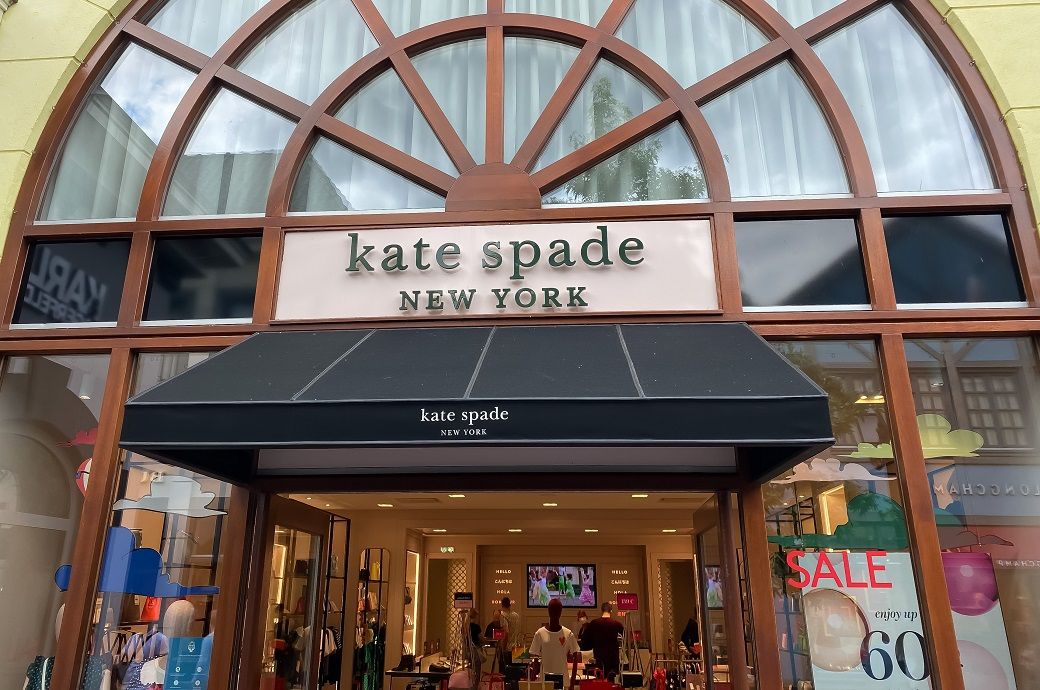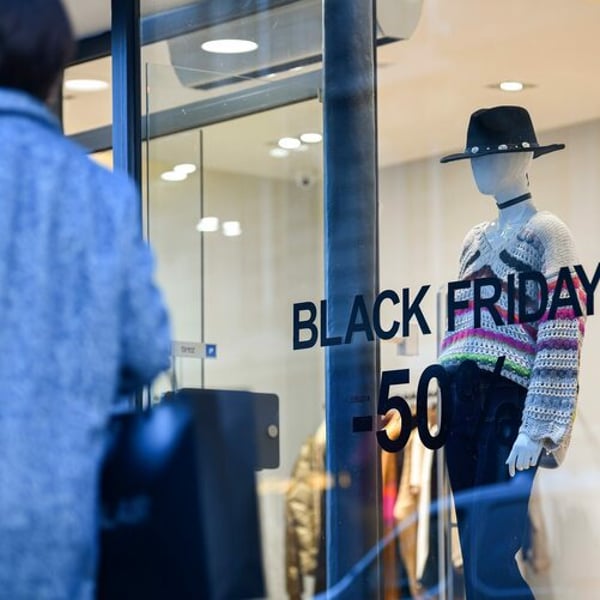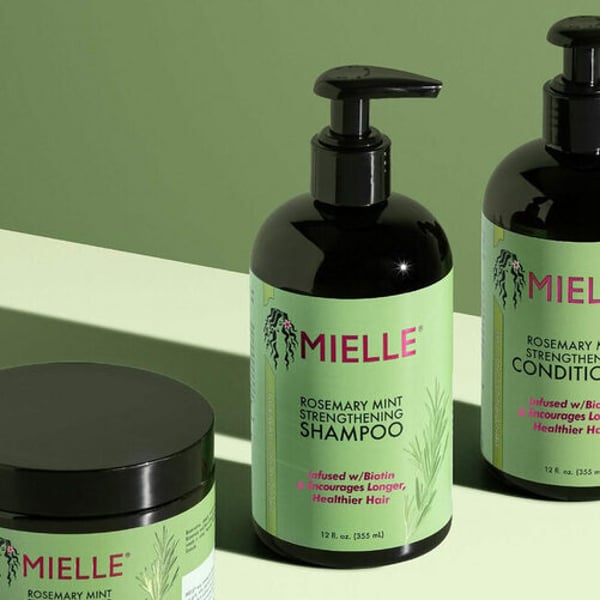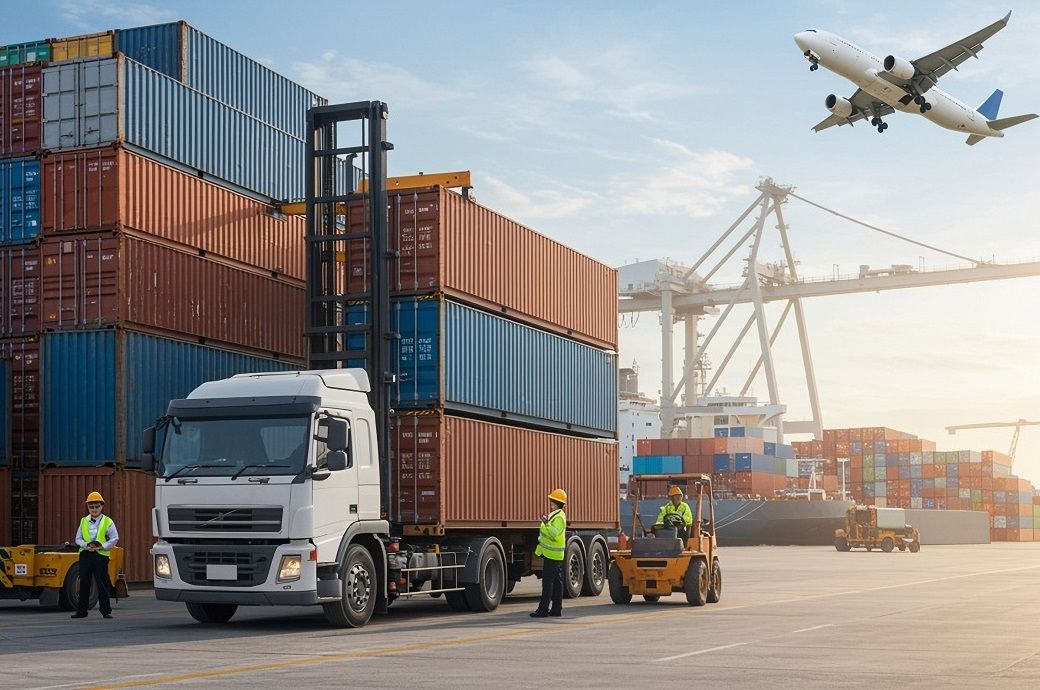Fashion
US’ Coach drives Tapestry’s FY25 gains, Kate Spade declines

Revenues in the fourth quarter (Q4), ended June 28, rose 8 per cent to $1.72 billion, with gains across North America (+8 per cent), Europe (+10 per cent), and APAC (+6 per cent). Gross margin expanded 210 basis points for the year and 140 basis points in Q4, driven by operational efficiencies.
Coach delivered $5.6 billion in annual revenue (+10 per cent constant currency), while Kate Spade fell 10 per cent to $1.20 billion and Stuart Weitzman dropped 11 per cent to $215 million. Kate Spade recorded $855 million in impairment charges due to reduced cash flow expectations and anticipated tariff impacts, the company said in a media release.
Tapestry, Inc has posted FY25 revenue of $7.01 billion, up 5 per cent, led by growth at Coach and in Europe and Greater China.
Q4 sales rose 8 per cent, with gross margin gains.
The company returned $2.3 billion to shareholders and will raise its dividend 14 per cent in FY26.
EPS is seen at $5.30–$5.45, despite a $160 million tariff hit.
Adjusted free cash flow is forecast at $1.3 billion.
The company added 6.8 million new customers during the year—60 per cent from Gen Z and Millennials—while direct-to-consumer revenue grew 5 per cent annually, supported by mid-teens digital sales growth. Handbag sales at Coach saw mid-teens average unit retail (AUR) gains in Q4 and low double-digit gains for the year.
On a non-GAAP basis, FY25 operating income reached $1.40 billion (20 per cent margin) versus $1.25 billion last year, and EPS rose to $5.10 from $4.29. GAAP net income was $183 million ($0.82 EPS), down from $816 million, reflecting impairment, organisational efficiency, and transaction-related charges. Adjusted free cash flow was $1.35 billion.
Tapestry returned $2.3 billion to shareholders in FY25—$300 million in dividends and $2 billion through an accelerated share repurchase (ASR) programme at an expected $78 average price. For FY26, the board has approved a 14 per cent dividend increase to $1.60 per share annually and authorised $800 million in additional buybacks.
Joanne Crevoiserat, chief executive officer of Tapestry, Inc, commented: “Fiscal 2025 was a breakout year for Tapestry as our systemic approach to brand-building is capturing a new generation of consumers around the world. Our strong growth, capped by our fourth quarter outperformance, reinforces that our strategies are working. Importantly, we achieved bold targets we set three years ago in a dynamic landscape, delivering over $5 in adjusted earnings per share and returning more than $3 billion cumulatively to shareholders. Looking ahead, the creativity, craftsmanship, and compelling value we offer at scale—combined with the agility of our operating model—position us to drive compounding long-term growth and shareholder value.”
For FY26, Tapestry forecasts revenue approaching $7.2 billion, with mid-single-digit pro-forma growth excluding Stuart Weitzman, and EPS of $5.30–$5.45, despite a projected $160 million hit from incremental tariffs and duties (230 basis points of margin impact). Adjusted free cash flow is expected at about $1.3 billion.
Fibre2Fashion News Desk (KD)
Fashion
U.S. Black Friday online sales hit record $11.8 billion, Adobe reports

By
Reuters
Published
December 1, 2025
American shoppers spent a record $11.8 billion online on Black Friday, up 9.1% from last year, final data from Adobe Analytics showed.
Adobe Analytics, which tracks over 1 trillion U.S. retail site visits, expects shoppers to spend $5.5 billion on Saturday and $5.9 billion on Sunday, up 3.8% and 5.4% from a year earlier respectively.
Separately, software firm Salesforce reported that American consumers had spent $18 billion on Black Friday purchases, up 3% from a year ago, with luxury apparel and accessories among the most popular categories.
Although U.S. consumers spent more this Black Friday compared to last year, price increases hampered online demand, according to Salesforce, with shoppers purchasing fewer items at checkout compared to last year.
At physical stores, the bargain-chasing was relatively subdued on post-Thanksgiving morning, with some shoppers saying they feared overspending amid persistent inflation, trade policy-driven uncertainty, and a soft labor market.
Cyber Monday, traditionally a big day for online deals, is expected to be the season’s biggest online shopping day again, Adobe projects, driving $14.2 billion in spending, up 6.3% from last year.
© Thomson Reuters 2025 All rights reserved.
Fashion
Mielle becomes NFL’s first textured haircare partner

Published
December 1, 2025
Textured haircare brand Mielle has launched a new partnership with the National Football League, marking the League’s first collaboration with a textured haircare company.
The campaign aims to support the millions of NFL fans with textured hair—women now make up about half of the NFL’s fanbase—while addressing the unique hair challenges faced by athletes wearing helmets, including dryness, breakage and frizz.
The partnership expands Mielle’s growing footprint in professional sports and is designed to boost representation, access to high-quality care, and product innovation for textured-hair athletes and fans.
“The NFL is excited to have Mielle, a brand that is committed to performance, community, and empowering fans and athletes, lean into the NFL partnership” said Tracie Rodburg, SVP global partnerships, NFL.
“This partnership aligns with the league’s mission to build lasting connections within our communities nationwide and celebrate the self-expression of our players and fans.”
The P&G brand says the collaboration gives Mielle a major platform to showcase the performance of its dermatologist-reviewed, Skin Health Alliance–accredited formulas under real athletic conditions.
“We’re honored to be the first textured hair care partner of the NFL through our partnership with P&G,” said Monique Rodriguez, founder and CEO, Mielle. “For so many of us, football represents family and community. It’s attending cookouts, tailgates, reconnecting with family and friends, and showing up in your favorite team colors. And for millions of fans, that includes twisting, braiding, and caring for your textured hair before kickoff.”
The announcement is accompanied by a social-first campaign, including the viral “Passing the Phone” video moment featuring talents across the league from including players, executives and agents, to players’ families and on-air talent.
Copyright © 2025 FashionNetwork.com All rights reserved.
Fashion
India’s logistics push puts fashion in the fast lane

The government’s three-year scorecard backs this up. Since its launch in September ****, ULIP has integrated more than thirty logistics and customs systems and clocked over *.* billion (***+ crore) API transactions as of around August ****, effectively treating data flows like rails. LDB, operational since July ****, has cumulatively tracked over ** million EXIM containers across *** inland container depots (ICDs) by around August ****, turning container visibility from a premium add-on into the default. A Transportation Emissions Measurement Tool (TEMT), developed by IIM Bangalore and partners and endorsed by DPIIT, now gives exporters an ISO-*****-aligned way to report logistics emissions, so freight can sit alongside product footprints in sustainability dossiers.
From Map to Mill Gate: What Gati Shakti Has Actually Changed
-

 Sports1 week ago
Sports1 week agoWATCH: Ronaldo scores spectacular bicycle kick
-

 Entertainment1 week ago
Entertainment1 week agoWelcome to Derry’ episode 5 delivers shocking twist
-

 Politics1 week ago
Politics1 week agoWashington and Kyiv Stress Any Peace Deal Must Fully Respect Ukraine’s Sovereignty
-

 Business1 week ago
Business1 week agoKey economic data and trends that will shape Rachel Reeves’ Budget
-

 Politics1 week ago
Politics1 week ago53,000 Sikhs vote in Ottawa Khalistan Referendum amid Carney-Modi trade talks scrutiny
-

 Tech6 days ago
Tech6 days agoWake Up—the Best Black Friday Mattress Sales Are Here
-

 Fashion1 week ago
Fashion1 week agoCanada’s Lululemon unveils team Canada kit for Milano Cortina 2026
-

 Tech23 hours ago
Tech23 hours agoGet Your Steps In From Your Home Office With This Walking Pad—On Sale This Week


















